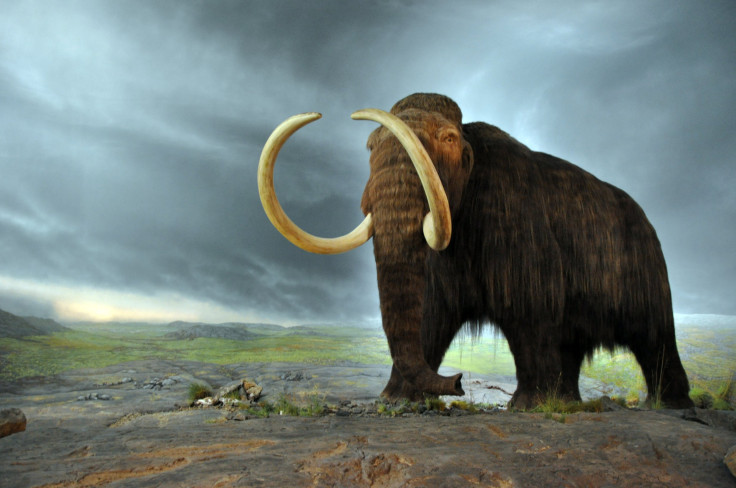Birth Defects In Last Woolly Mammoths Suggest Inbreeding May Have Led To Species’ Extinction

The woolly mammoth, one of the most studied prehistoric animal and the last in a long line of mammoth species, suffered from widespread birth defects in its final years on Earth. According to new research, evidence suggests that inbreeding coupled with a changing climate tipped the woolly mammoth into extinction.
Scientists studying 12,000-year-old mammoth fossils unearthed near the North Sea discovered that many of them had extra ribs along their neck vertebrae. Cervical ribs, while innocuous on their own, are usually a sign that something went wrong during the animal’s development and are associated with chromosome abnormalities and even cancer.
Researchers found that cervical ribs were 10 times more common in woolly mammoths from the North Sea than in modern elephants. Scientists were stunned to find such a high rate of cervical ribs among European woolly mammoths.
“It had aroused our curiosity to find two cervical vertebrae, with large articulation facets for ribs, in the mammoth samples recently dredged from the North Sea,” Jelle Reumer, a paleontologist at the Natural History Museum of Rotterdam and Utrecht University and an author of the study, said in a statement. “We knew these were just about the last mammoths living there, so we suspected something was happening. Our work now shows that there was indeed a problem in this population.”
In humans, cervical ribs are considered a serious deformity. According to Science Mag, 90 percent of humans with neck ribs die before reaching adulthood.
“The high incidence and large size of the cervical ribs [in woolly mammoths] indicates a strong vulnerability, given the association of cervical ribs with diseases and congenital abnormalities in mammals,” the researchers noted in a study published in the journal PeerJ. “The vulnerable condition may well have contributed to the eventual extinction of the woolly mammoths.”
Scientists theorized that there are two possible explanations for the high frequency of cervical ribs in the last of the mammoths. The first is that there was rampant inbreeding among the last mammoth populations. This theory fits nicely with the idea that climate change fragmented the woolly mammoth’s habitat, isolating small pockets of the animals from each other. These groups would have lost their genetic variation through inbreeding, which would have made them susceptible to abnormalities and disease.
The second theory is that woolly mammoth mothers suffered prenatal stress due to outside factors like famine and disease.
© Copyright IBTimes 2024. All rights reserved.






















